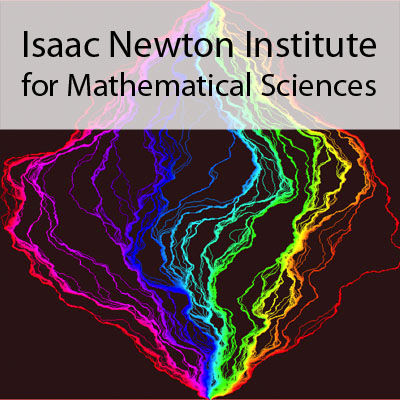Genealogies with recombination in spatial population genetics
1 hour 2 mins,
114.72 MB,
MP3
44100 Hz,
252.62 kbits/sec
Share this media item:
Embed this media item:
Embed this media item:
About this item

| Description: |
Veber, A (CNRS - Ecole Polytechnique)
Wednesday 18 March 2015, 14:00-15:00 |
|---|
| Created: | 2015-03-19 13:20 |
|---|---|
| Collection: | Random Geometry |
| Publisher: | Isaac Newton Institute |
| Copyright: | Veber, A |
| Language: | eng (English) |
| Distribution: |
World
|
| Explicit content: | No |
| Aspect Ratio: | 16:9 |
| Screencast: | No |
| Bumper: | UCS Default |
| Trailer: | UCS Default |
| Abstract: | Co-author: Alison Etheridge (University of Oxford)
Discrete or continuous, the spatial structure of a population has an effect on the evolution of its genetic diversity. In recent studies, the random process of recombination (by which certain portions of a chromosome of interest are inherited from one's father and the complement from one's mother) has been used to reconstruct the recent past of a population. This reconstruction is based on the properties of the genealogical trees corresponding to such populations. We shall consider two examples (in continuous space) in which it is possible to use the information left by recombination to infer quantities such that the dispersal rate of a gene, or to test the presence of rare but recurrent catastrophes. (Partially supported by the European project INTEGER). |
|---|---|
Available Formats
| Format | Quality | Bitrate | Size | |||
|---|---|---|---|---|---|---|
| MPEG-4 Video | 640x360 | 1.96 Mbits/sec | 912.63 MB | View | Download | |
| WebM | 640x360 | 1.09 Mbits/sec | 510.75 MB | View | Download | |
| iPod Video | 480x270 | 527.46 kbits/sec | 239.52 MB | View | Download | |
| MP3 * | 44100 Hz | 252.62 kbits/sec | 114.72 MB | Listen | Download | |
| Auto | (Allows browser to choose a format it supports) | |||||

